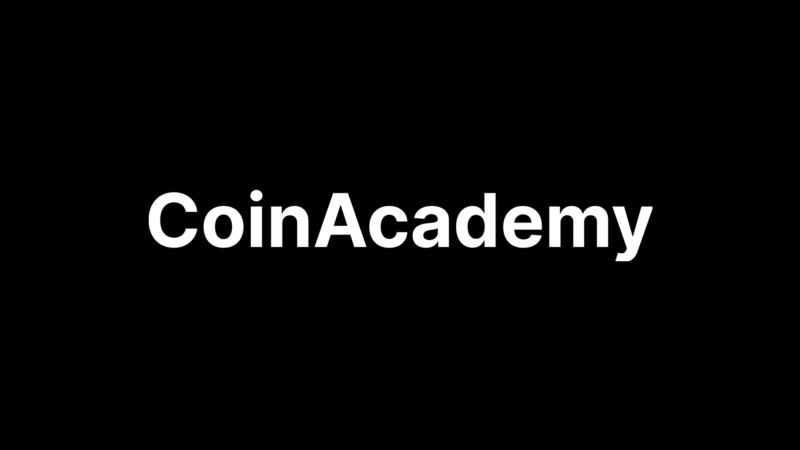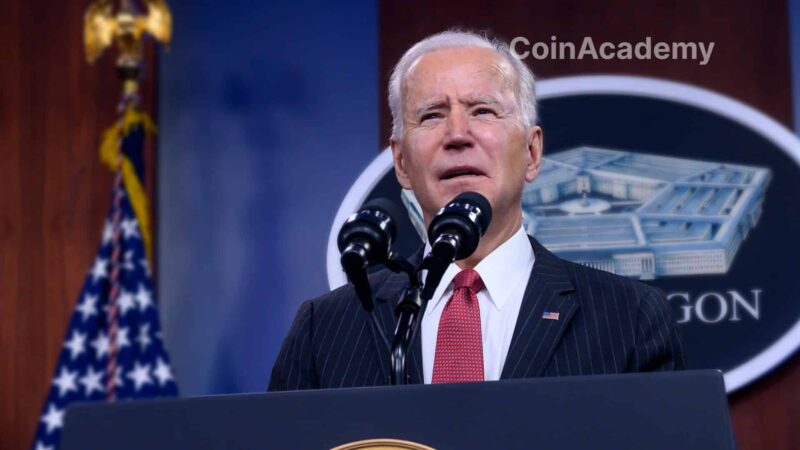Tricolor Holdings and First Brands Group both filed for bankruptcy almost simultaneously, revealing the extreme fragility of companies considered solid and exposing the pitfalls of subprime credit and massive debt.
These collapses highlight the limits of asset-backed debt (ABS), a system that has enticed investors and banks but whose opacity masks the financial reality of companies.
Major banks like JPMorgan, Fifth Third, and Jefferies are heavily exposed, while regulating shadow banking becomes a major challenge to avoid a new systemic crisis.
Deux faillites qui changent la donne
In early September, Tricolor Holdings, a lender specializing in subprime auto loans, collapsed after missing an interest payment. Shortly after, First Brands Group, a heavily indebted auto parts supplier, began bankruptcy discussions. These two companies, which were once considered solid by the markets, collapsed in a matter of weeks.
These rapid falls shed light on a worrying reality: lending standards have significantly loosened in the United States. Tricolor had received an AAA rating for its bond issuances, while First Brands was flirting with almost $10 billion in debt.
L’ombre du marché des dettes adossées à des actifs
The common thread between the two companies? The massive use of asset-backed debt. Tricolor turned its subprime auto loans into bonds, attracting yield-hungry investors. First Brands, on the other hand, used invoice factoring and other off-balance-sheet financing to artificially boost its liquidity.
This mechanism, meant to secure lenders by relying on tangible assets, has shown its limitations. Some investors now claim they had no real visibility on the financial situation of these companies. One of them, who exited Tricolor in time, even calls it “one of the worst collapses ever seen” in the ABS market (asset-backed securities).
Les grandes banques aussi dans la tourmente
The scandal has now reached Wall Street. JPMorgan Chase and Fifth Third Bank are among the institutions exposed to hundreds of millions of dollars in losses through Tricolor’s auto loans. Many are puzzled: how could one of the world’s most sophisticated banks validate debt issues without detecting financial irregularities?
At First Brands, the shock is equally brutal. Jefferies was still marketing a $6 billion loan in August, assuring investors that the group had a billion in cash reserves. A few weeks later, the company is negotiating emergency financing to avoid bankruptcy, while its junior debt is trading at only a few cents on the dollar.
Le risque systémique refait surface
Since the 2008 financial crisis, some credit has moved from bank balance sheets to unregulated players. This “shadow banking industry” has become essential to fund households and businesses. But its opacity is concerning. Monetary authorities in Europe and the US are closely monitoring the situation.
According to Tomasz Piskorski, a professor at Columbia, the Tricolor earthquake could have an immediate impact:
Rating agencies will tighten their control, reducing credit availability.
A sign that could weigh on the real economy, already weakened by rising defaults.
Un marché encore sous tension
Despite the panic, Wall Street is not turning off the tap. Goldman Sachs is preparing a new $300 million securitization this week, based on subprime credit cards. According to Dylan Ross, head of asset-backed finance at TCW, investors’ appetite remains intact:
Very few investment-grade structured products have actually been affected since the financial crisis.
One key question remains: how long can the markets continue to ignore warning signals? Because behind Tricolor and First Brands, a significant portion of American credit is trembling, threatening to turn two isolated bankruptcies into a true crisis of confidence.




